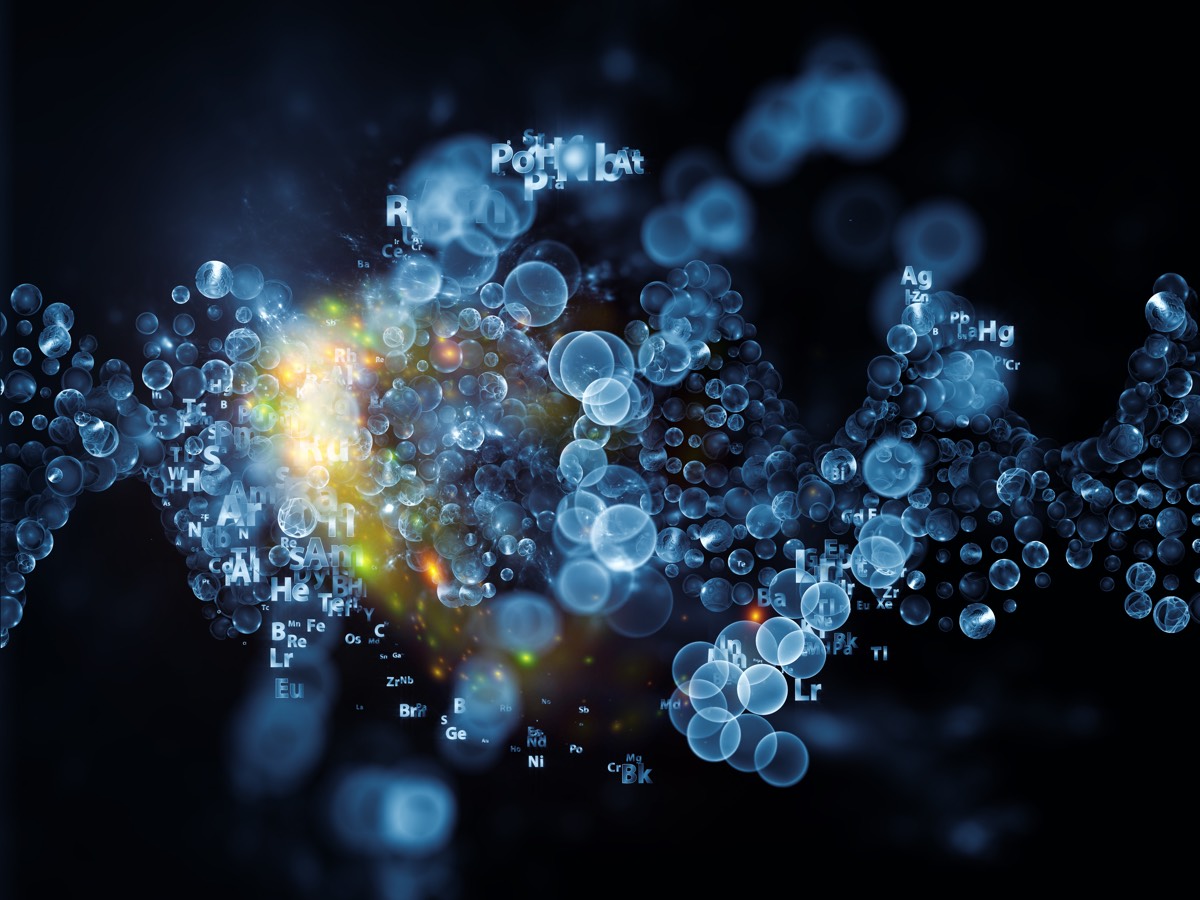
Four billion years ago, Earth was covered in a watery sludge swarming with primordial molecules, gases, and minerals — nothing that biologists would recognize as alive. Then somehow, out of that prebiotic stew emerged the first critical building blocks — proteins, sugars, amino acids, cell walls — that would combine over the next billion years to form the first specks of life on the planet.
A subset of chemists have devoted their careers to puzzling out the early chemical and environmental conditions that gave rise to the origins of life. With scant clues from the geological record, they synthesize simple molecules that may have existed billions of years ago and test if these ancient enzymes had the skills to turn prebiotic raw material into the stuff of life.
A team of such chemists from the Scripps Research Institute reported Nov. 6 in the journal Nature Chemistry that they identified a single, primitive enzyme that could have reacted with early Earth catalysts to produce some of the key precursors to life: the short chains of amino acids that power cells, the lipids that form cell walls, and the strands of nucleotides that store genetic information.
Ramanarayanan Krishnamurthy is an associate professor of chemistry at Scripps and lead author of the origins of life paper. For a number of years, his lab has been experimenting with a synthetic enzyme called diamidophosphate (DAP) that’s been shown to drive a critical chemical process called phosphorylation. Without phosphorylation — which is simply the process of adding a phosphate molecule to another molecule — life wouldn't exist.
"If you look at life today, and how it probably was at least three billion years ago, it was based on a lot of phosphorylation chemistry," Krishnamurthy told Seeker. "Your RNA, DNA, and a lot of your biomolecules are phosphorylated. So are sugars, amino acids, and proteins."
The enzymes that trigger phosphorylation are called kinases. They use phosphorylation to send signals instructing cells to divide, to make more of one protein than another, to tell DNA strands to separate, or RNA to form. DAP may have been one of the first primordial kinases to get the phosphorylation ball rolling, Krishnamurthy believed.
To test his theory, Krishnamurthy and his colleagues simulated early Earth conditions in the lab, using both a water base and a muddy paste set to varying pH levels. They combined DAP with different concentrations of magnesium, zinc, and a compound called imidazole that acted as a catalyst to speed the reactions, which still took weeks or sometimes months to complete.
Get the Space.com Newsletter
Breaking space news, the latest updates on rocket launches, skywatching events and more!
For DAP to pass the test, it had to successfully trigger phosphorylation events that resulted in simple nucleotides, peptides, and cell wall structures under similar conditions. Past candidates for origin-of-life enzymes could only phosphorylate certain structures under wildly different chemical and environmental conditions. DAP, Krishnamurthy found, could do it all, phosphorylating the four nucleoside building blocks of RNA, then short RNA-like strands, then fatty acids, lipids, and peptide chains.
Does that mean that DAP is the pixie dust that transformed random matter into life? Not quite, said Krishnamurthy.
"The best we can do is try to demonstrate that simple chemicals under the right conditions could give rise to further chemistry which may lead to life-like behavior. We can't make a claim that this is the way that life formed on the early Earth."
RELATED: Life on Earth May Have Started With a Cosmic Splash
For one thing, Krishnamurthy has no proof that DAP even existed four billion years ago. He synthesized the molecule in his lab as a way to solve one of the fundamental challenges to phosphorylating in wet, early Earth conditions. For most phosphorylation reactions to work, they need to remove a molecule of water in the process.
"How do you remove water from a molecule when you are surrounded by a pool of water?" asked Krishnamurthy. "That's thermodynamically an uphill task."
DAP gets around that problem by removing a molecule of ammonia instead of water.
Krishnamurthy is working with geochemists to identify potential sources of DAP in the distant geological past. Phosphate-rich lava flows may have reacted with ammonia in the air to create DAP, or it could have been leached out of phosphate-containing minerals. Or maybe it even arrived on the back of a meteorite forged by a far-off star.
One thing is clear, without DAP or something like it, Earth might still be a lifeless mud puddle.
Originally published on Seeker.
Join our Space Forums to keep talking space on the latest missions, night sky and more! And if you have a news tip, correction or comment, let us know at: community@space.com.









